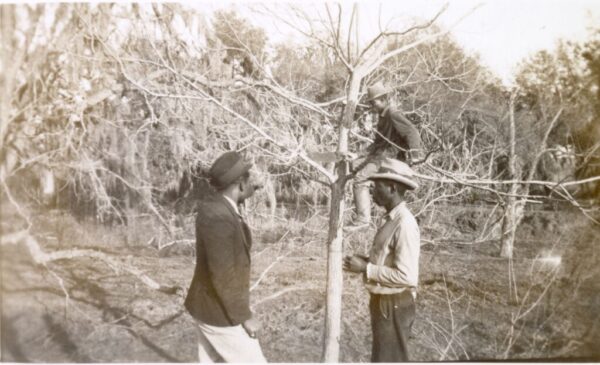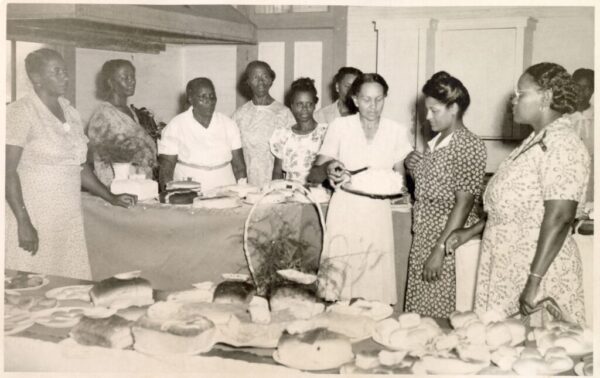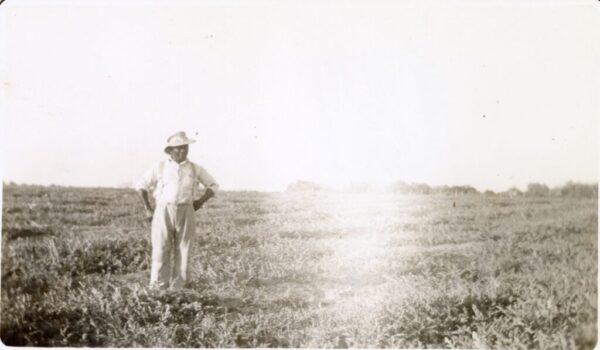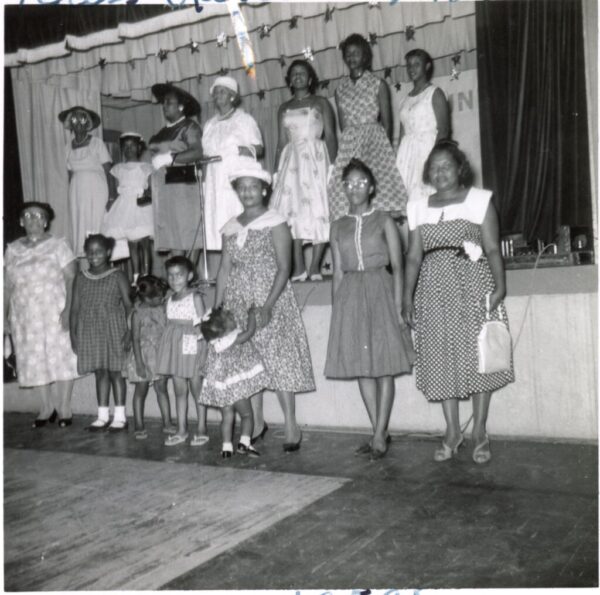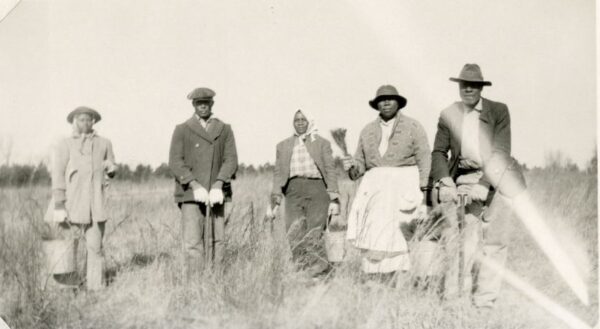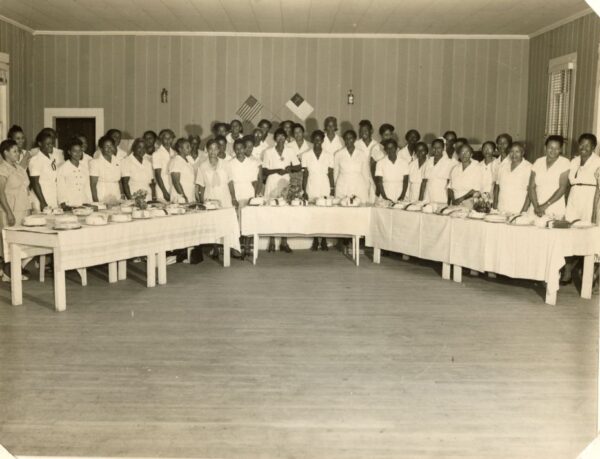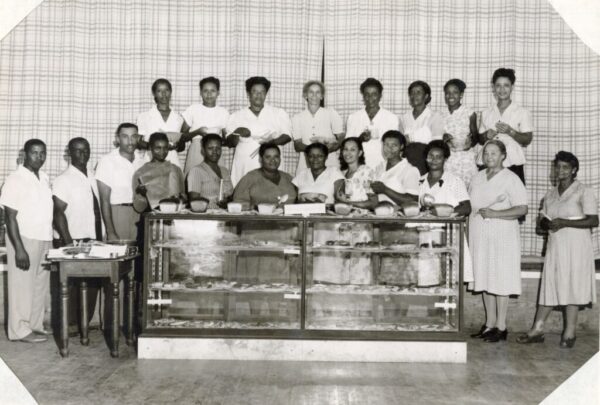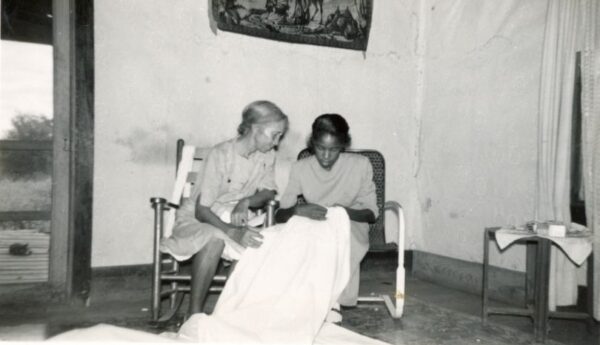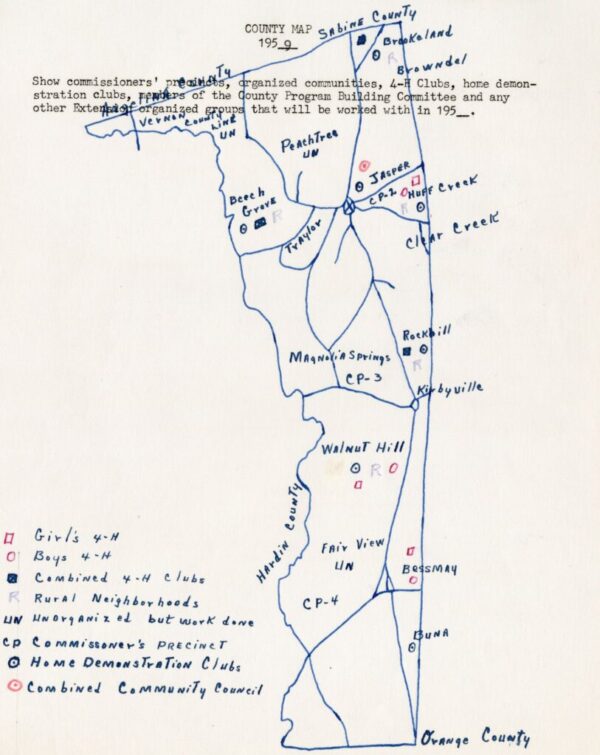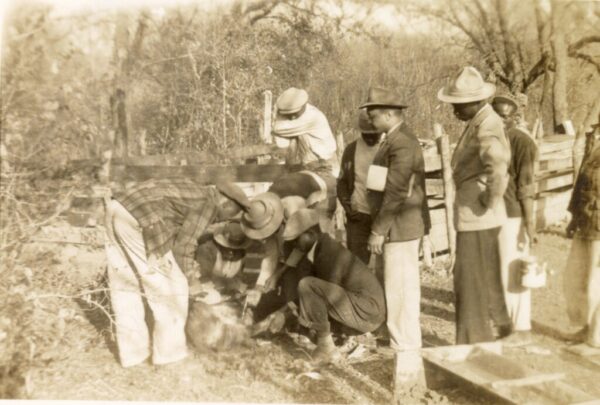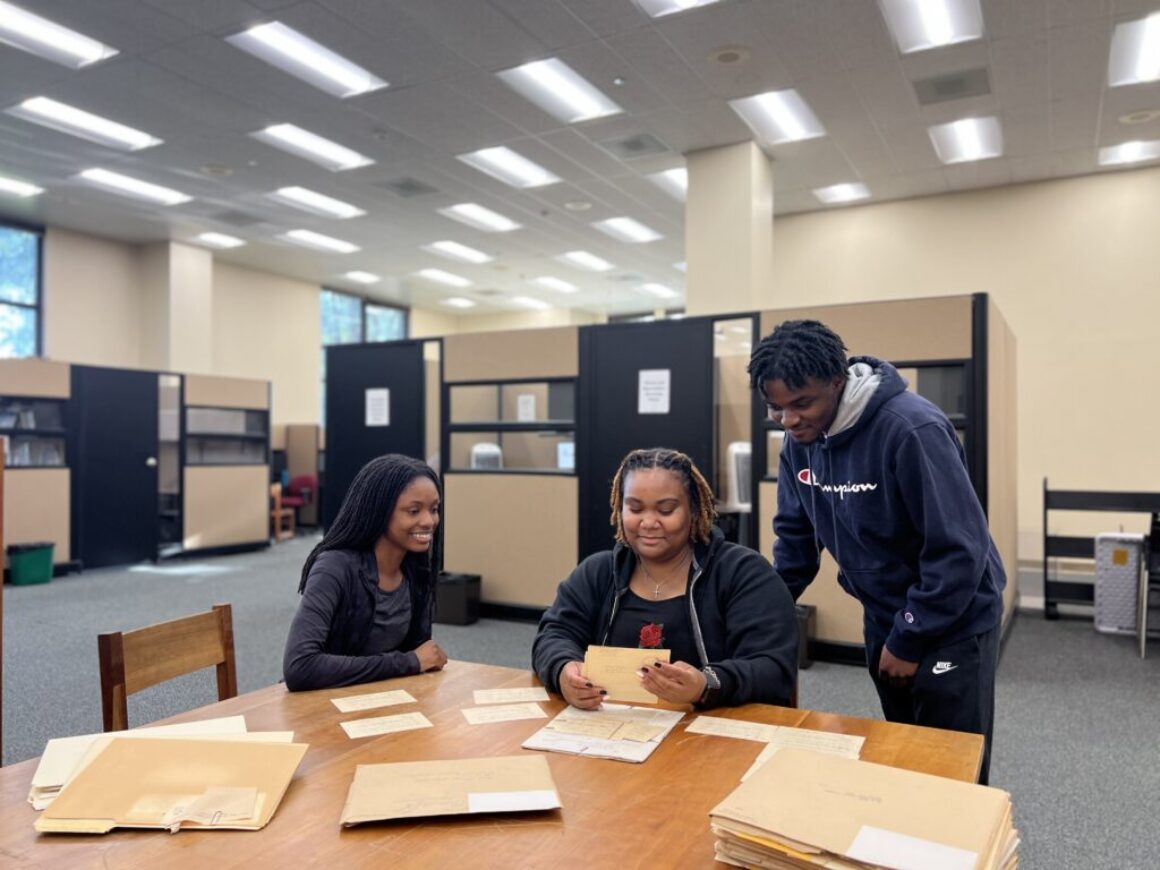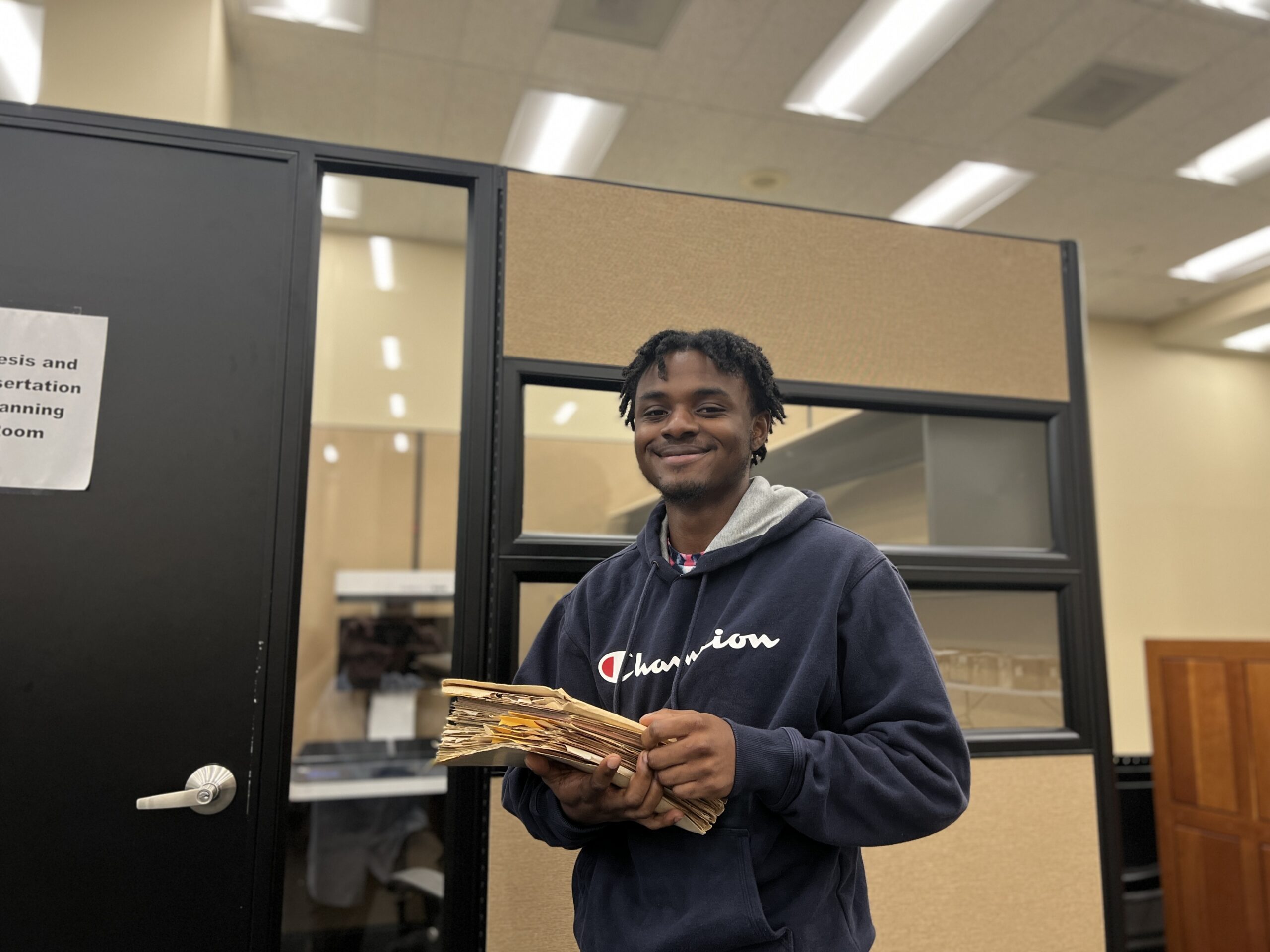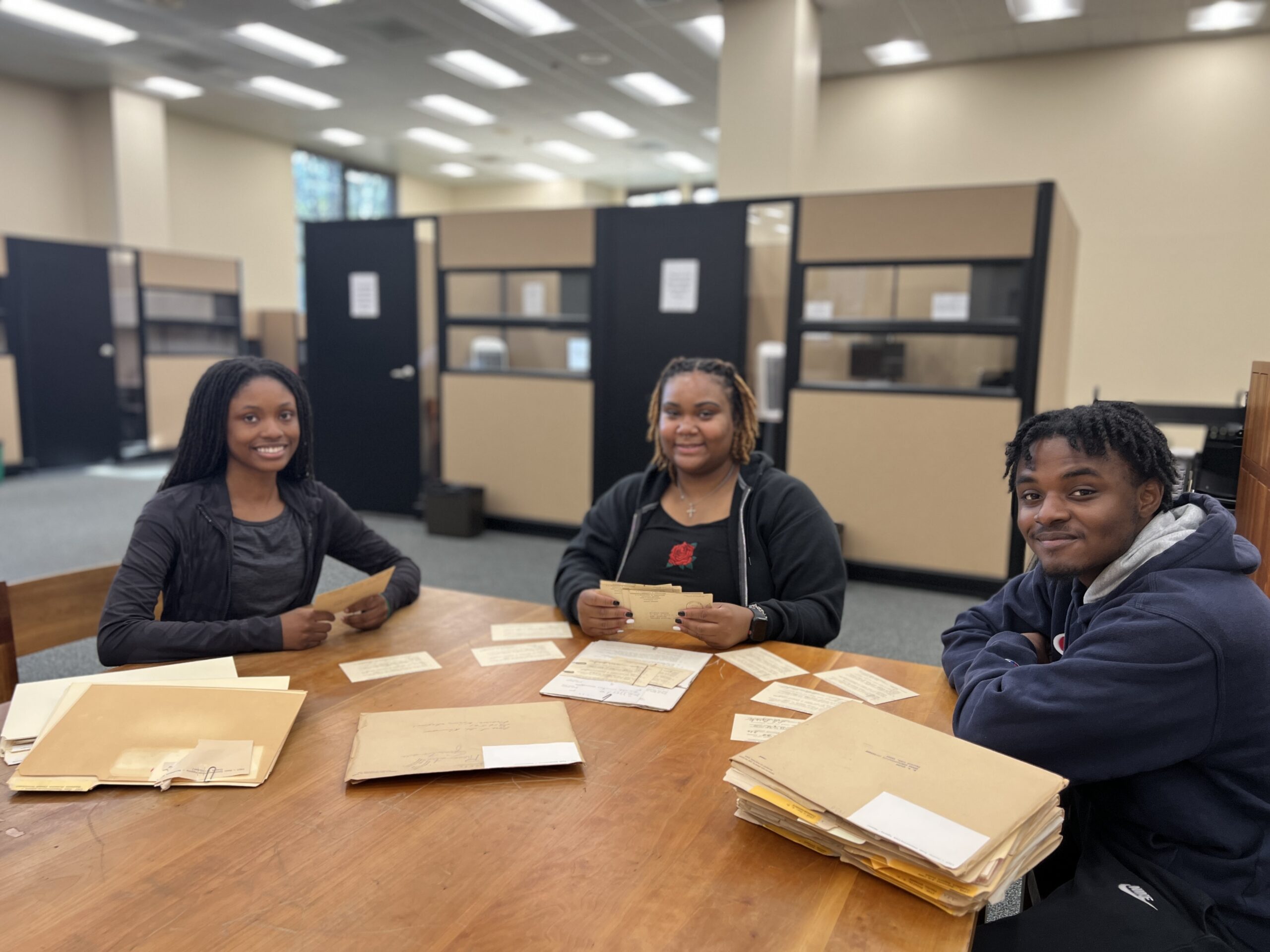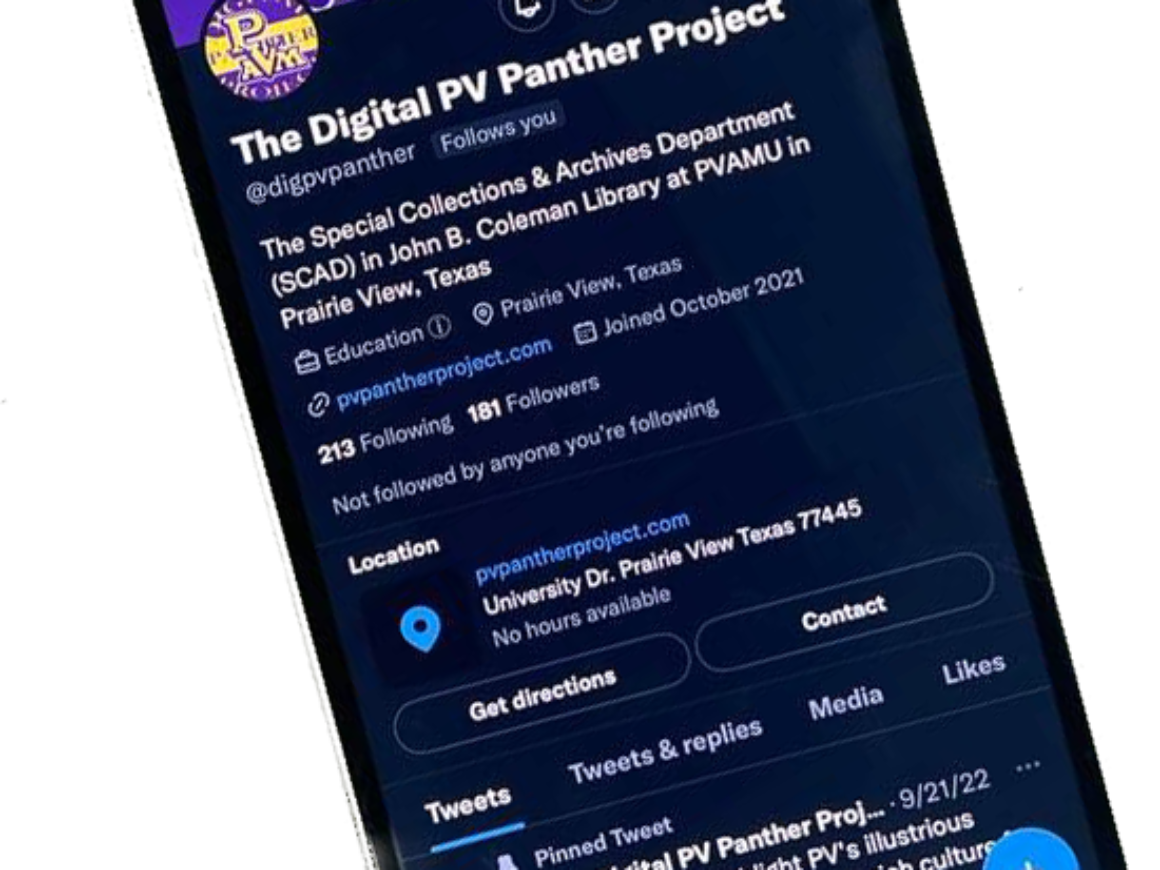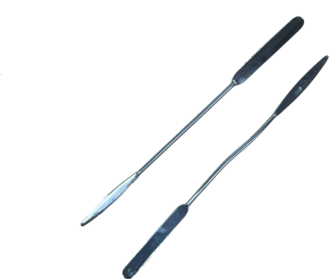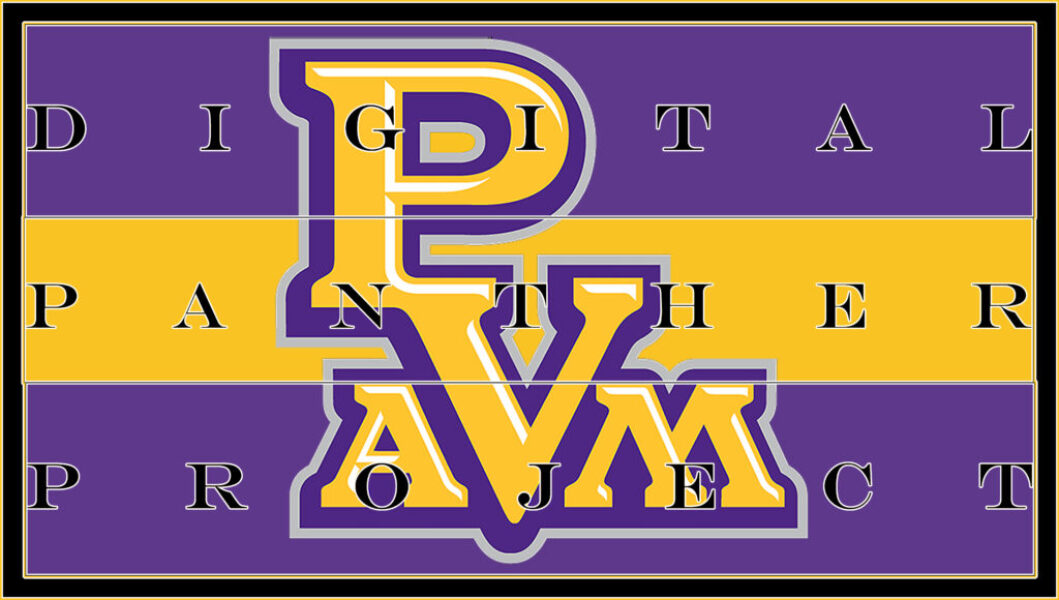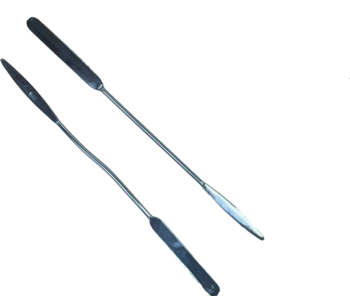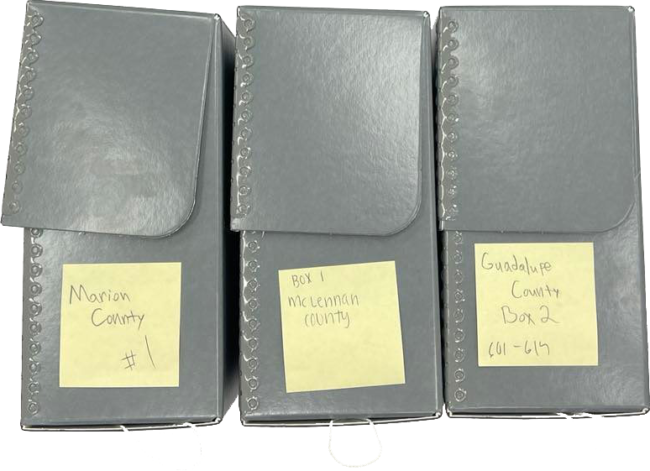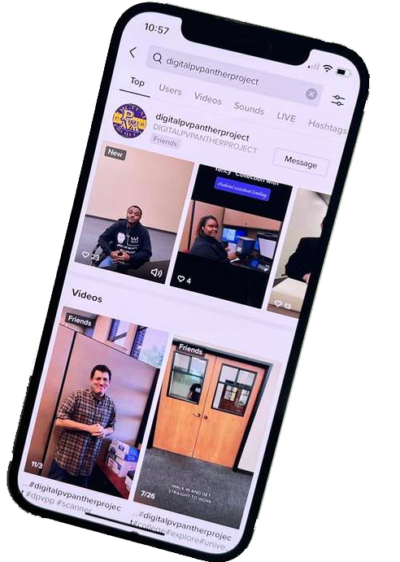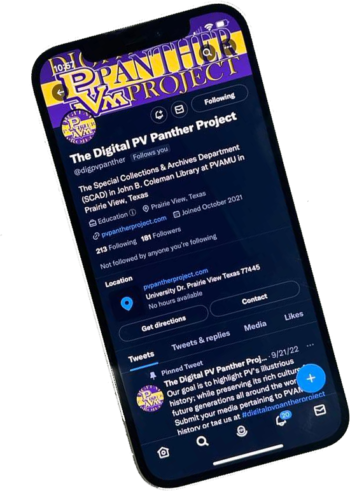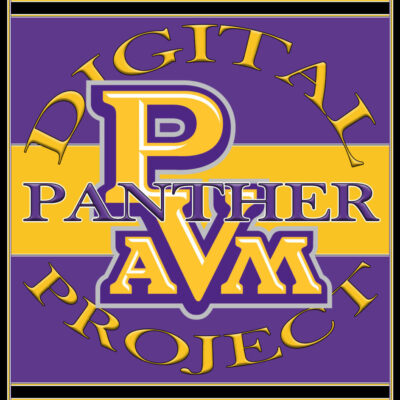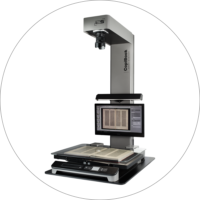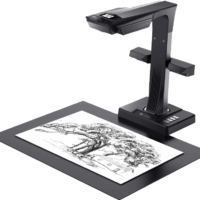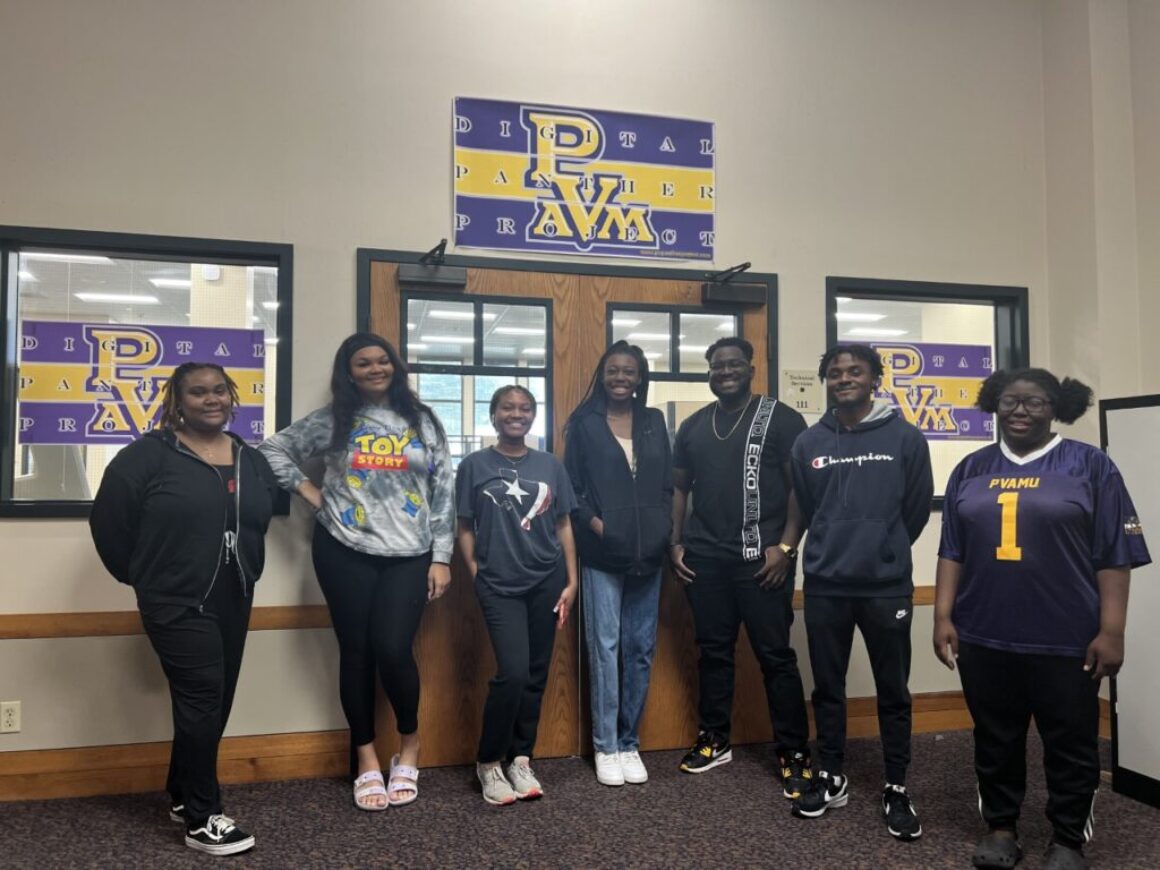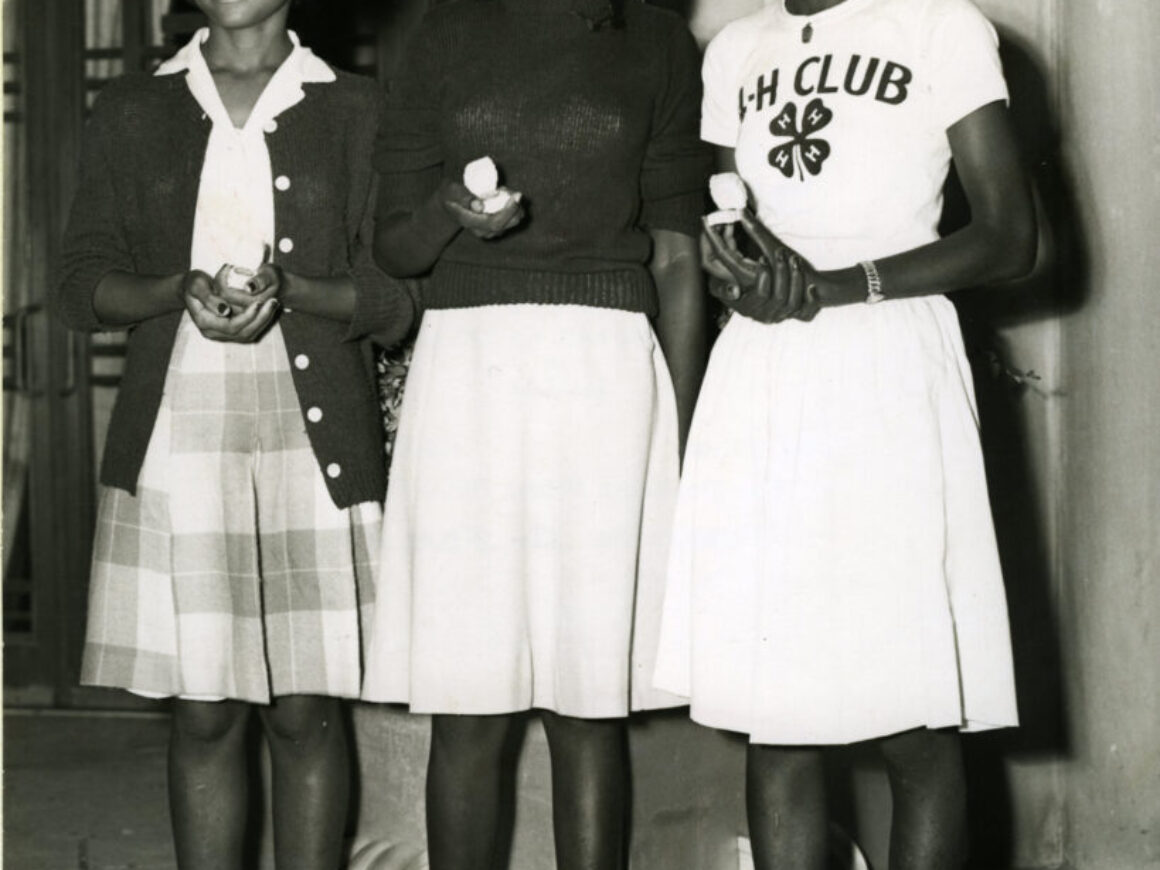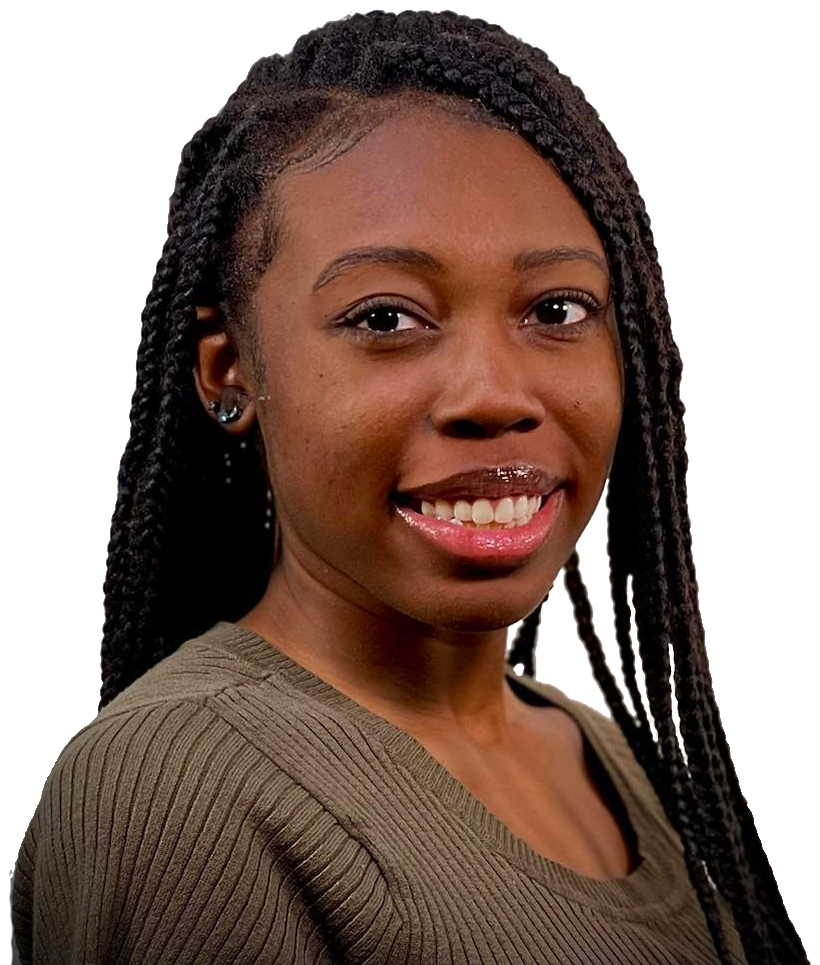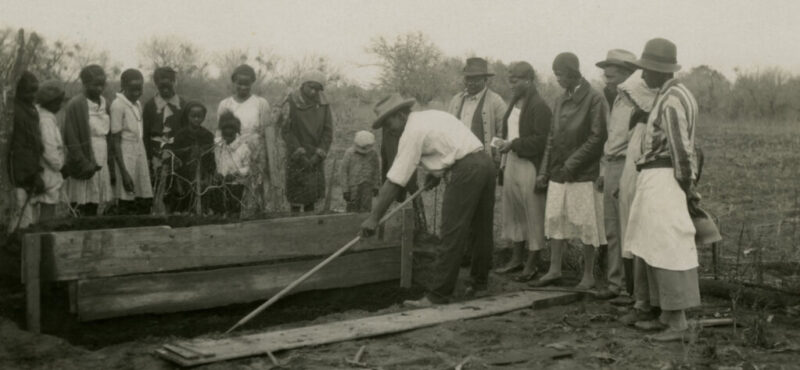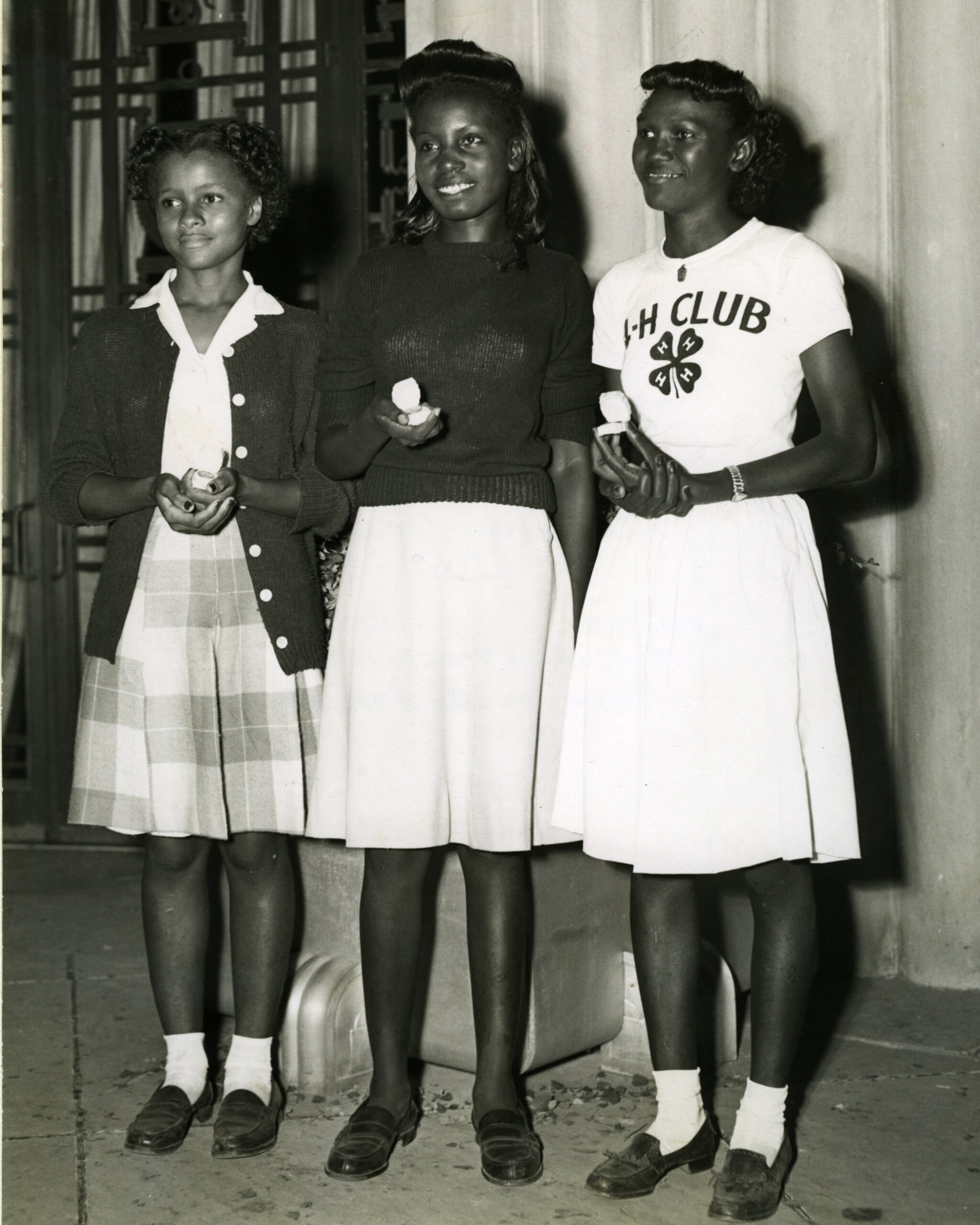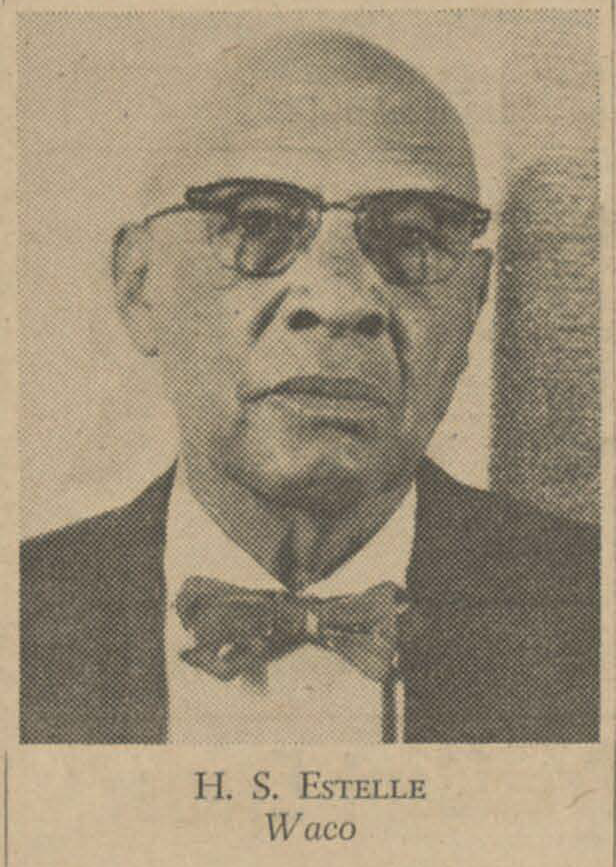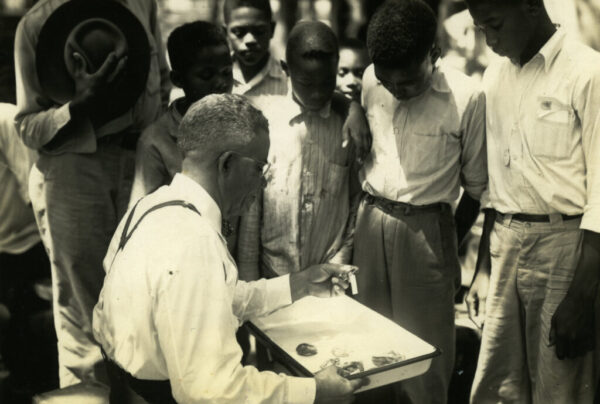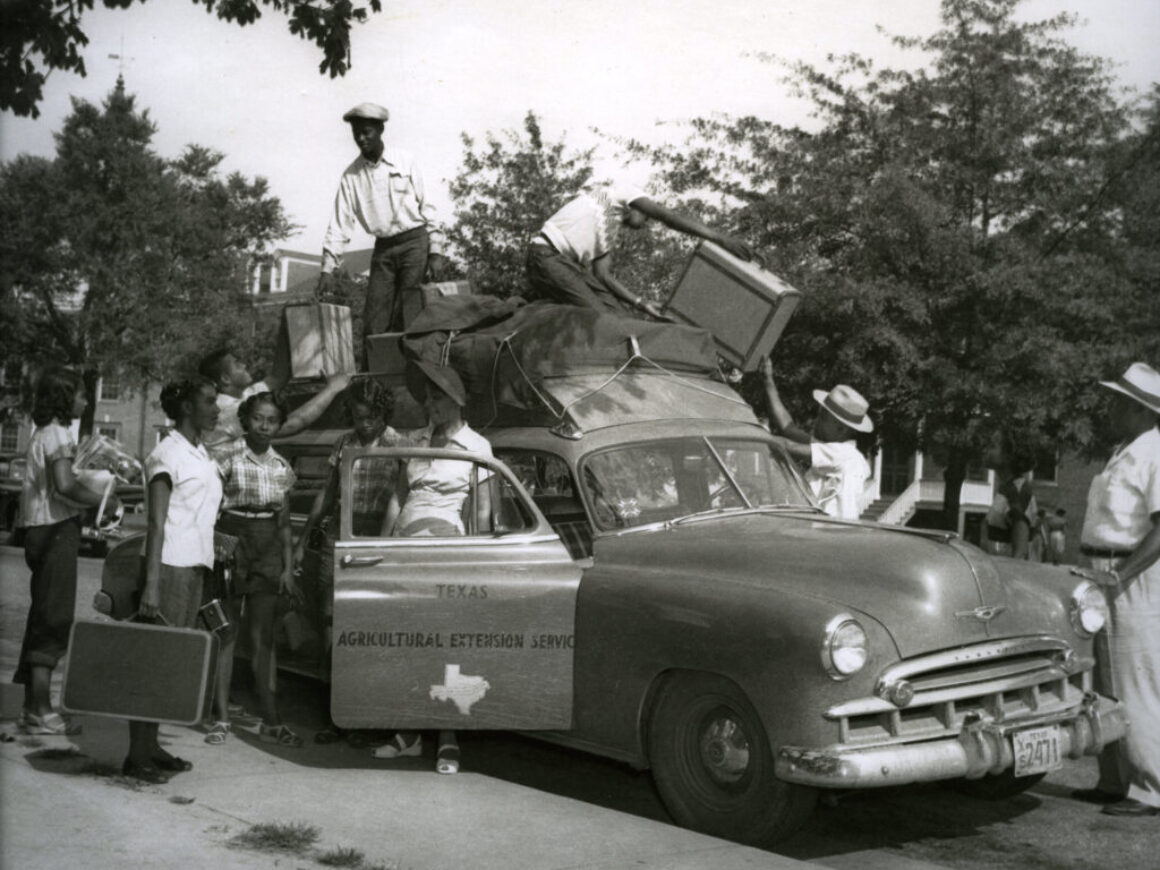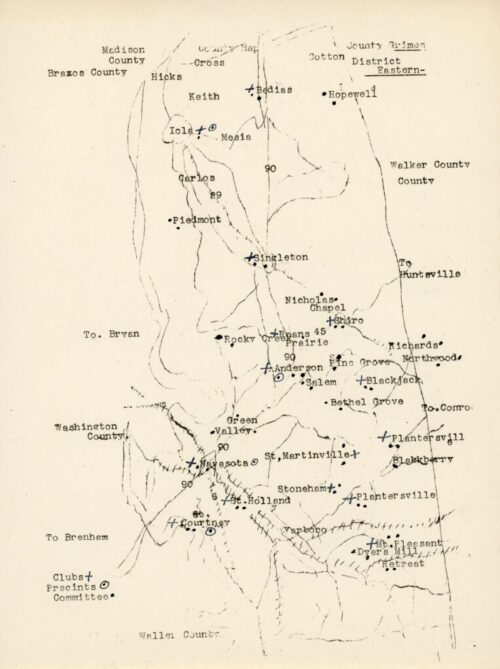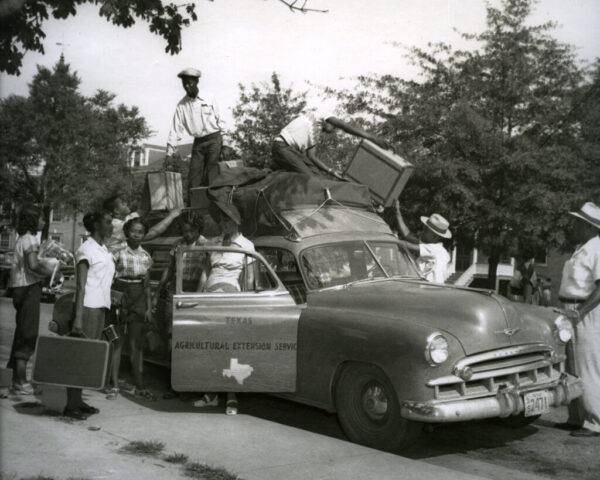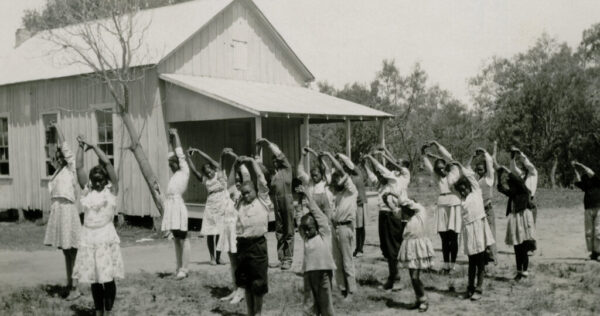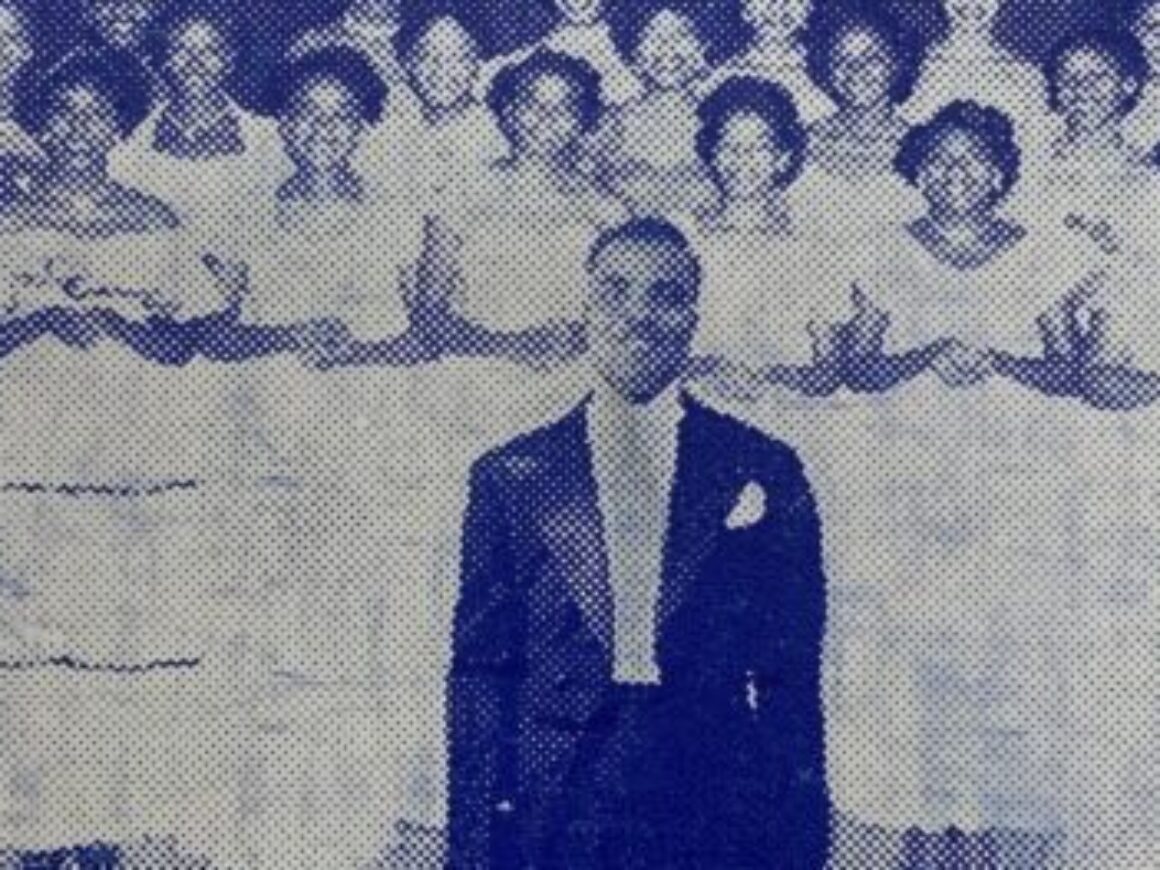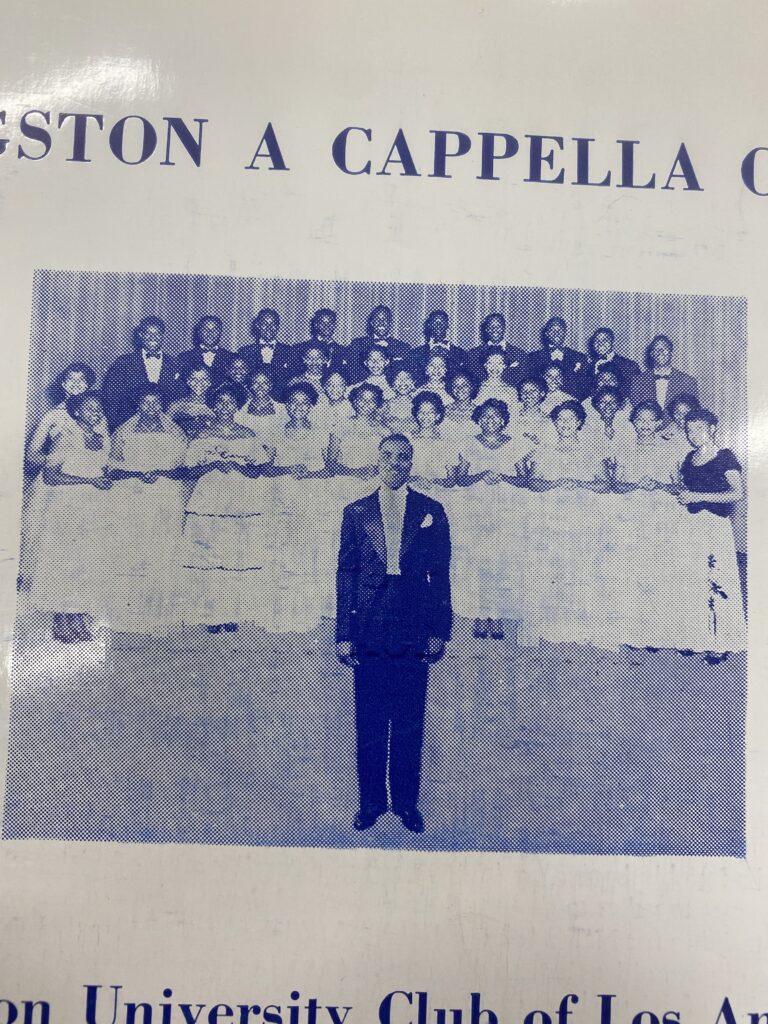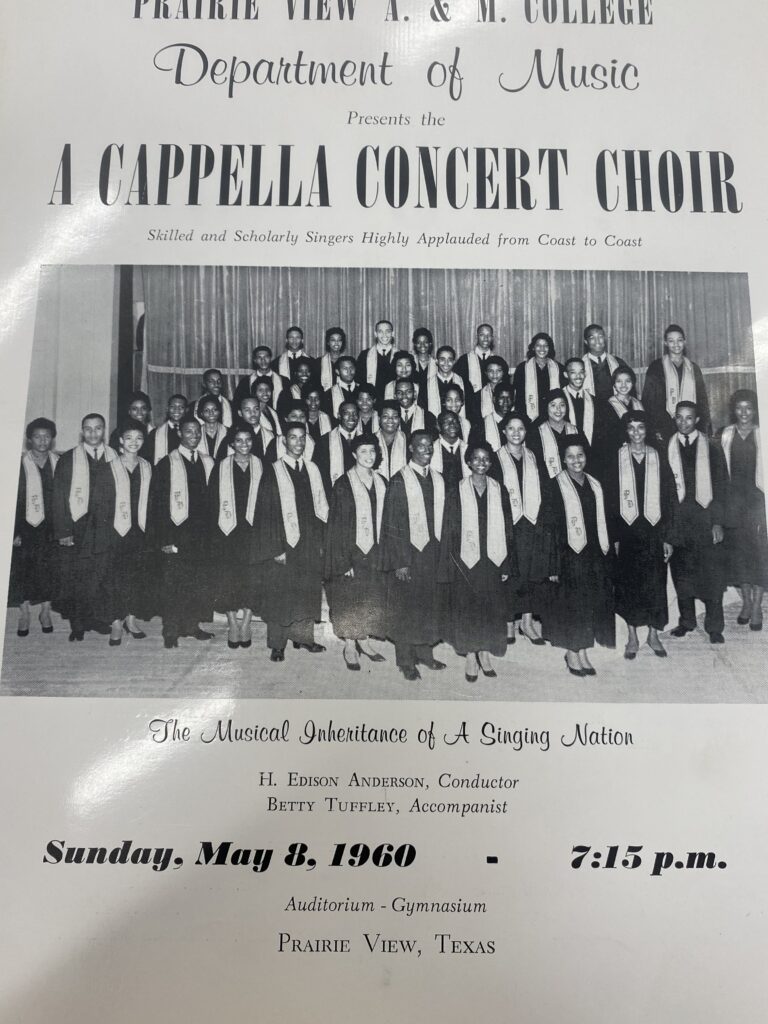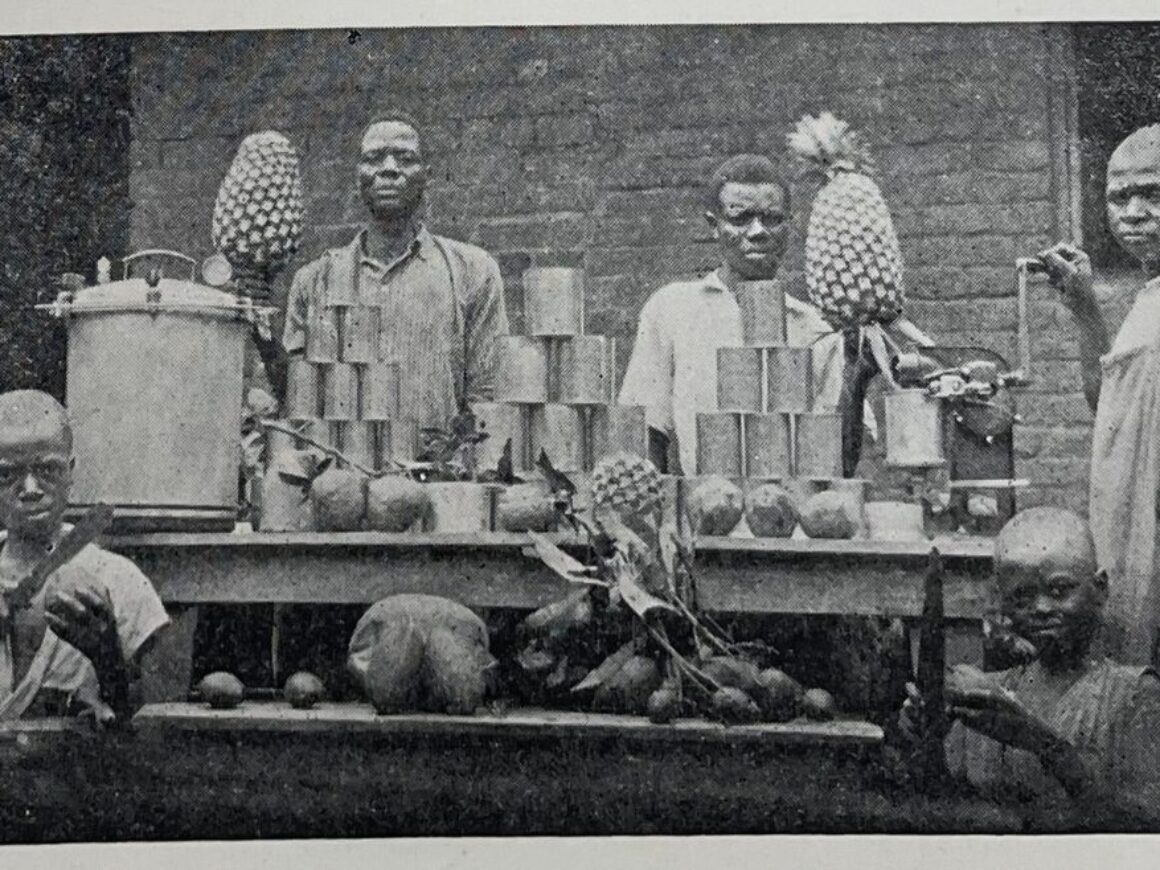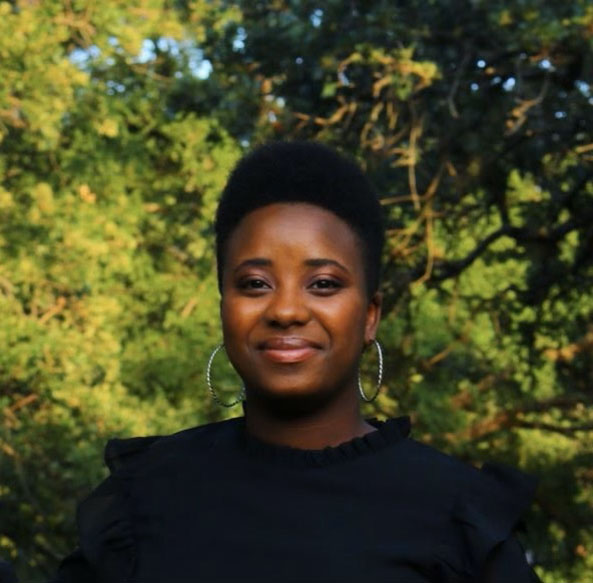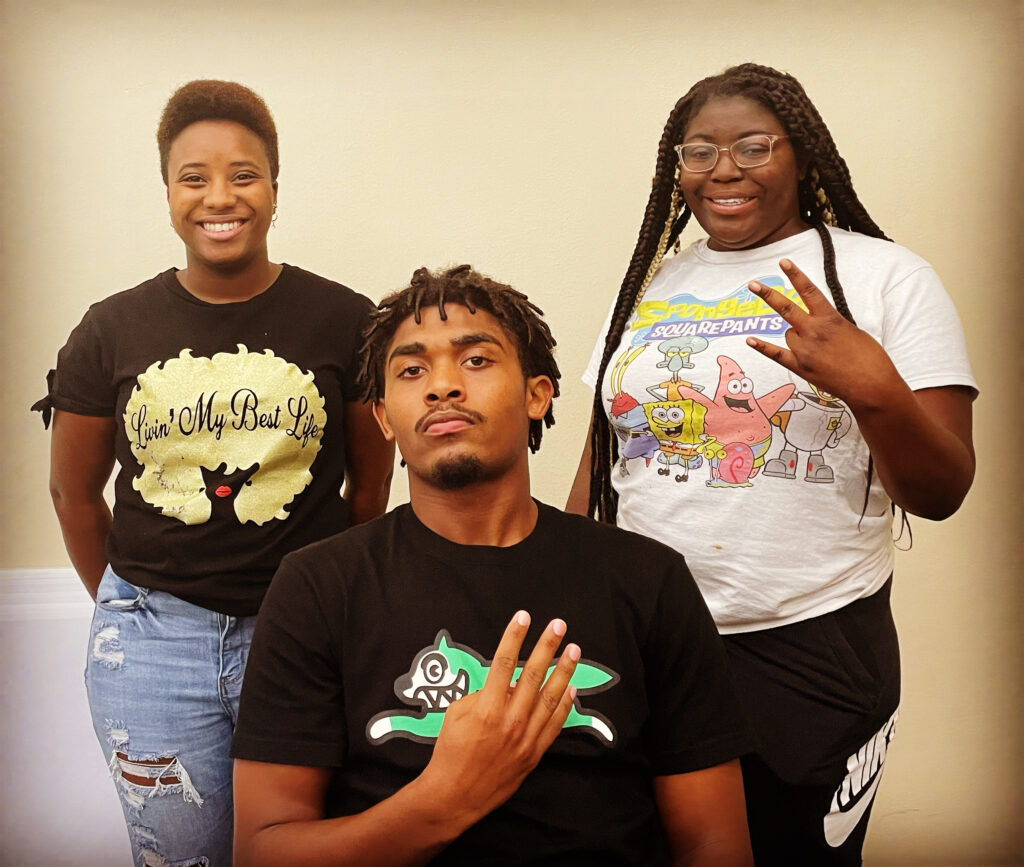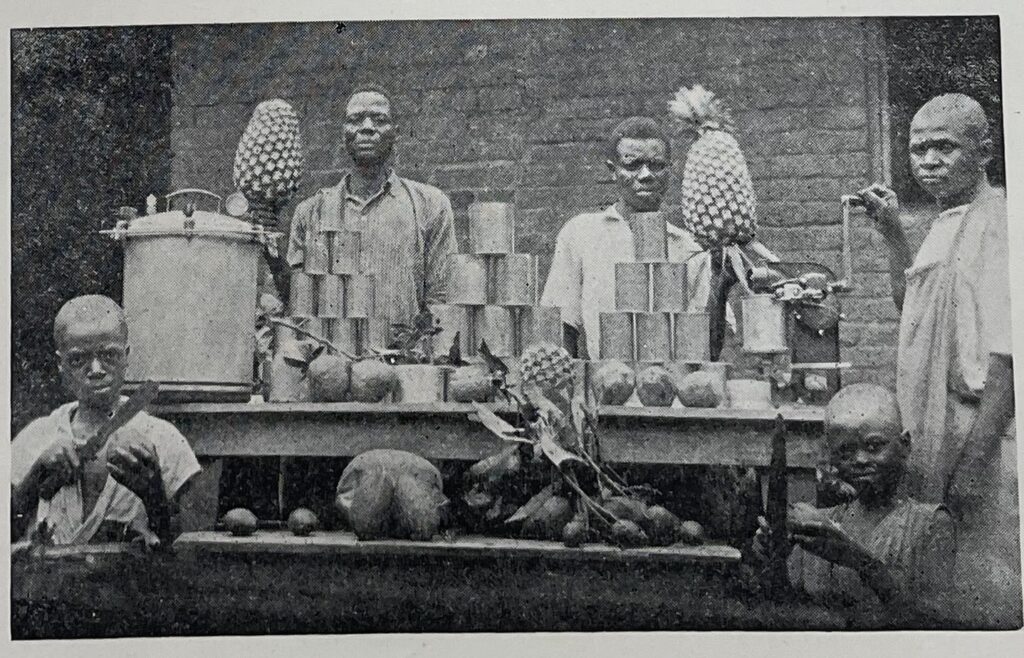$50,000 Grant from the Texas State Library & Archives Commission
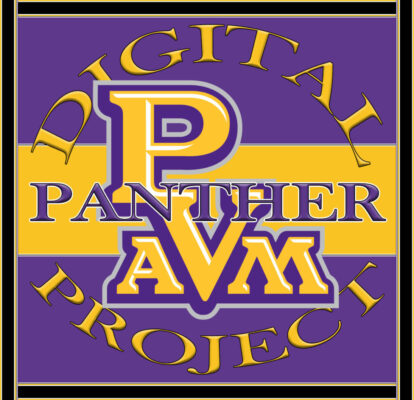
$50,000 Grant from the Texas State Library & Archives Commission

In January 2024, the Digital PV Panther Project (DPPP) worked with the John B. Coleman Library and the Waller County Historical Commission (WCHC) to submit a $50,000 TexTreasures grant to the Texas State Library & Archives Commission (TSLAC).
In 2021, DPPP received a $25,000 TexTreasures award from TSLAC to hire two archival consultants and create processing plans for over 30 manuscript collections in the archives. The 2024 TexTreasures grant will fund:
- the hiring of 4 students majoring in Social Sciences for one year
- the purchase of a 32 Terabyte server for digital storage
- the purchase of archival supplies to process and digitize several manuscript collections in the archives.
The 2024 TexTreasures grant can be extended for three years and $150,000 total.
It’s the 6th external grant awarded to the DPPP since 2021.

Grant Abstract
To build upon the success of a previous TexTreasures grant, the Digital PV Panther Project (DPPP) will collaborate with the John B. Coleman Library and Waller County Historical Commission to hire four undergraduates at PVAMU to finish processing, digitizing, and creating finding aids for the Cooperative Extension & Home Demonstration Collection. The team will submit the finding aids to TARO and publish digital finding aids on our websites. The team will also digitize the remaining manuscript collections of former PVAMU professors and administrators, which were processed for a previous 2021-22 TexTreasures grant. Moreover, the team will procure archival supplies, process, and create finding aids for the PV Educational Conference Collection and the TAMU System Board of Regents Collection—all of which have processing plans created during previous NEH grant projects.
The 2021 TexTreasures grant proved transformational at PVAMU. It allowed the DPPP to process, rehouse, and create findings aids for more than 30 collections of former professors and administrators at PVAMU. Until that time, the PVAMU archives had no processed collections or finding aids.
Today, the archives has processed and created finding aids for almost 100 collections as well as submitted the original 30+ collections from the TexTreasures grant to Texas Archival Resources Online (TARO). DPPP digitized 18 of the collections and created interactive finding aids with hyperlinks on the project website, which allow researchers to examine the manuscript collections from the comfort of their homes.
For example, the John Henley Williams Collection documents his activities as a Cooperative Extension agent in Texas from 1932 to 1947. While it contains mostly correspondence with other agents, the collection also features certificates, annual reports, and meeting minutes from the U.S. War and Food Administration.
Since 2021, DPPP has worked tirelessly to make archival collections available to researchers at PVAMU.
Processed Collections
90+
Digitized Collections
18
Digitized Photographs
10,000+
Want to read the full proposal?
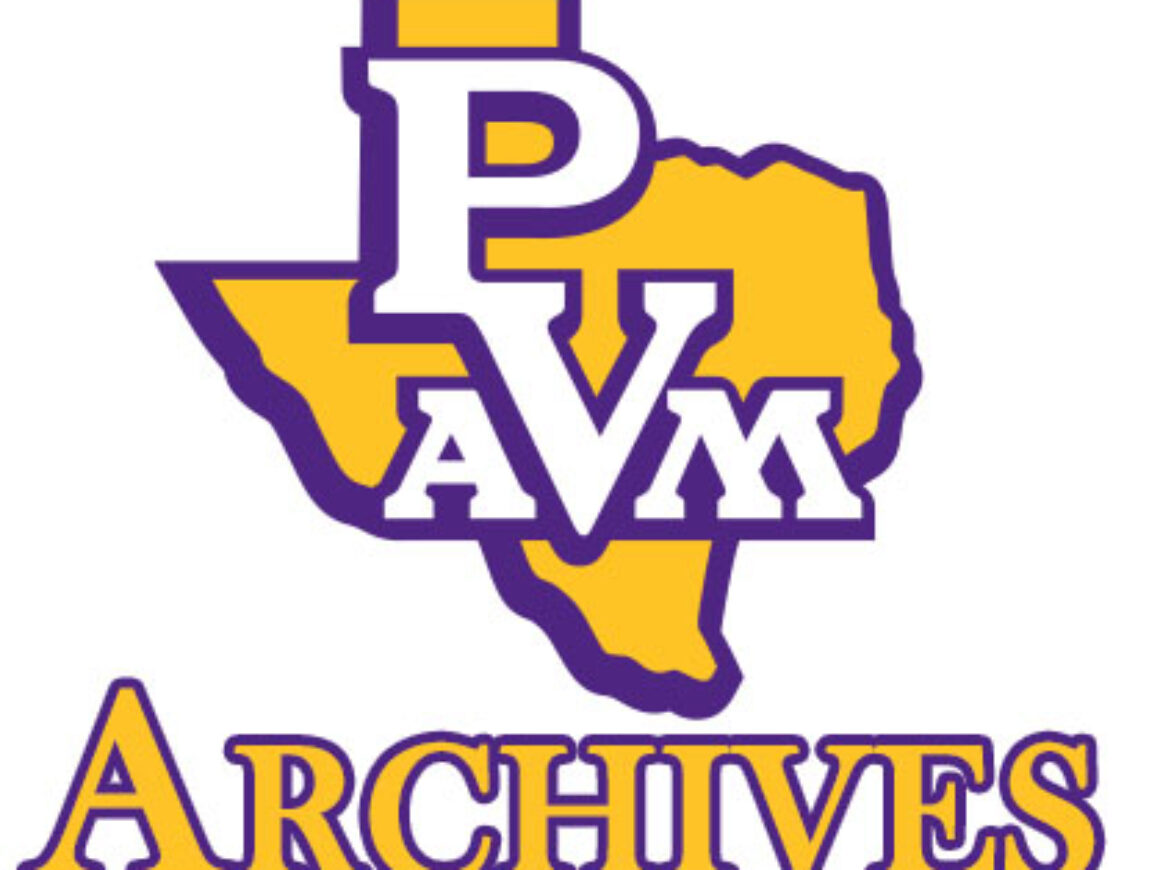
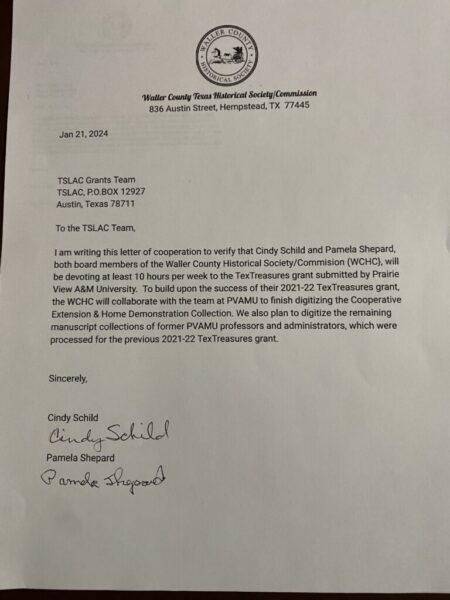
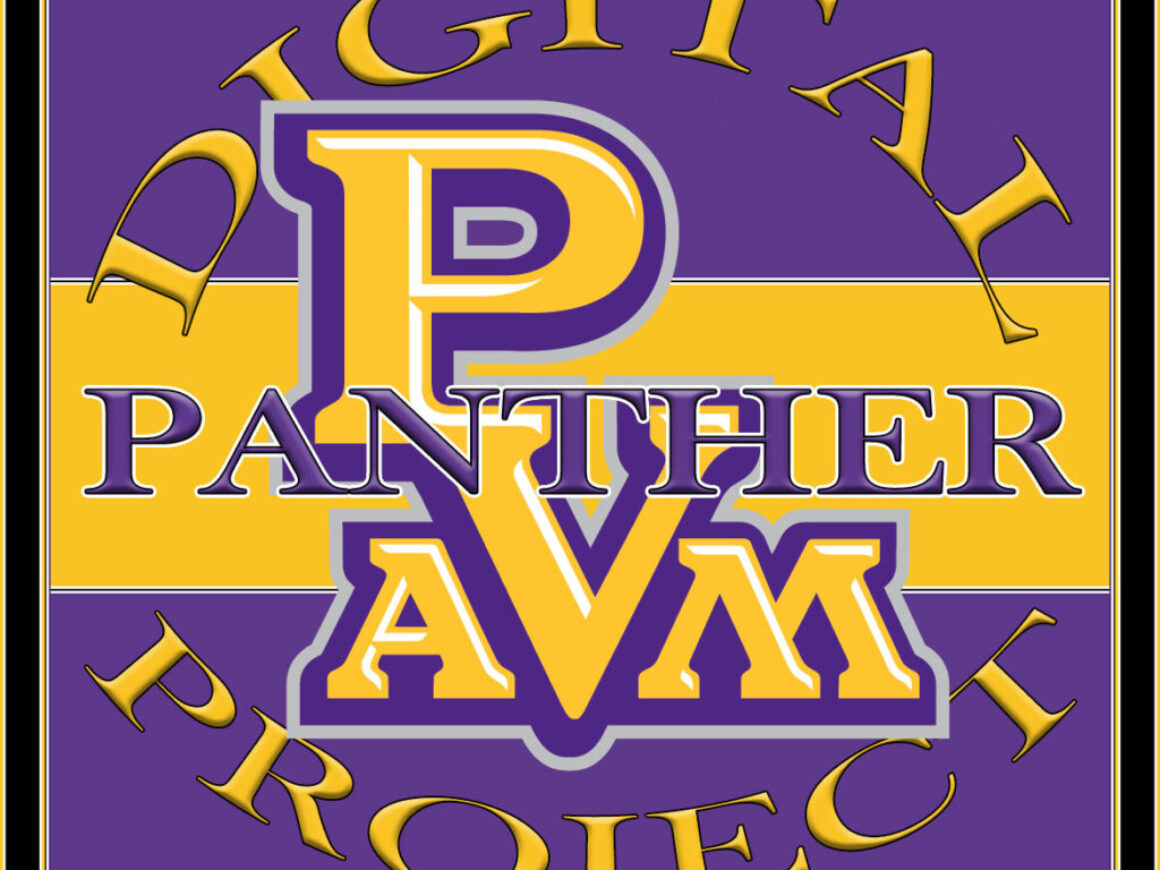
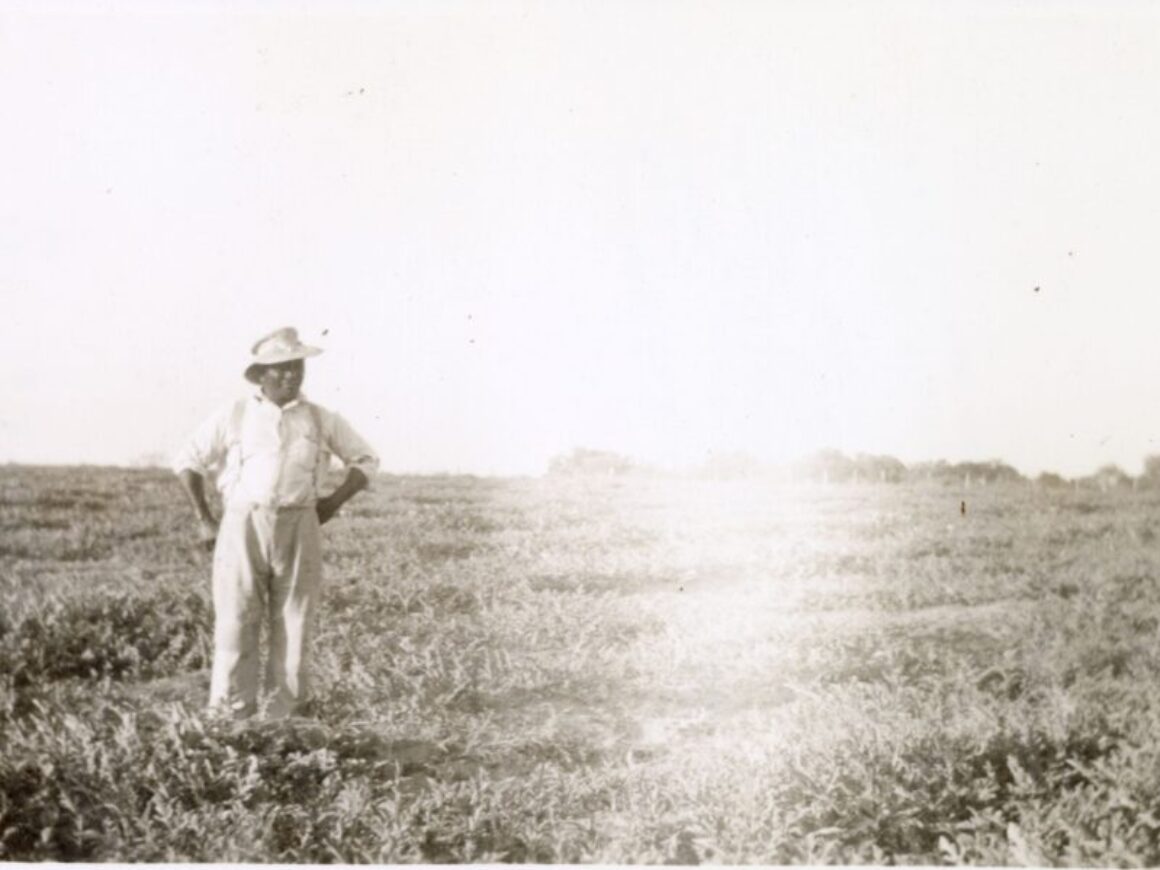
![UA0035_Bowie_b2f2_1959MonthlyReports_Todd0010 4-H Club Dress Revue Models in 1959 Bowie County [Courtesy of the Cooperative Extension & Home Demonstration Collection, the Special Collections & Archives Department, John B. Coleman Library, Prairie View A&M University]](https://pvpantherproject.com/wp-content/uploads/2023/08/UA0035_Bowie_b2f2_1959MonthlyReports_Todd0010-scaled.jpg)
